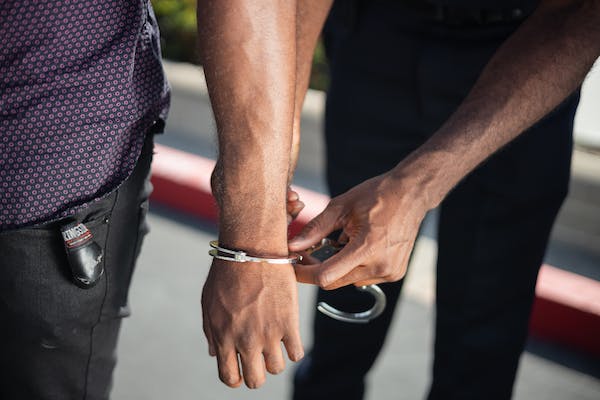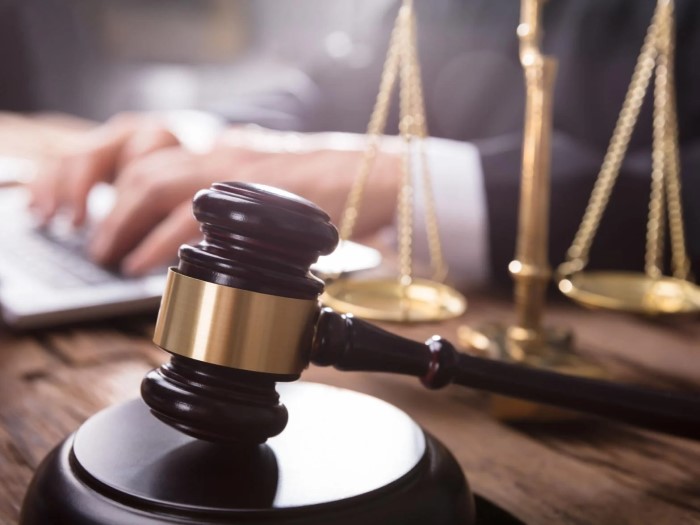Navigating the justice system can be overwhelming. Its intricate processes are like a dance with steps choreographed over centuries. But hey, let’s break it down into something more digestible.
Here’s a sneak peek into the pivotal stages of a criminal case.
1. Arrest and Booking: More than Just Handcuffs
We’ve all seen it on TV – the dramatic moment someone gets arrested. But it’s more than just dramatic music and flashing lights. Once someone’s taken into custody, the police get to work, logging in the alleged criminal’s details, taking photographs, and sometimes collecting fingerprints.
This isn’t just a bureaucratic formality. It’s the foundation that either solidifies or weakens a case. Moreover, the rights of the arrested, like the right to remain silent and to get legal representation, kick in. It’s a step to ensuring fairness in the system.
2. Initial Appearance: Meeting the Judge
After the arrest, the accused usually makes their first courtroom appearance. It’s less about guilt or innocence and more about understanding the charges. The judge also decides on bail. Should the accused stay in custody, or can they await trial outside the bars?
And if it’s the latter, at what cost? It’s a crucial step, balancing the scales of justice and public safety.
3. Preliminary Hearing or Grand Jury: Establishing Grounds
Before diving deep into trials, there’s a checkpoint. Either through a preliminary hearing or a grand jury, it’s determined if there’s enough evidence for a trial.
Think of it like a filter, ensuring the court’s time isn’t wasted on weak cases. Both sides can present evidence during a preliminary hearing, whereas in a grand jury, it’s usually just the prosecution. Regardless of the method, it’s all about establishing a genuine need for a full-blown trial.
Remember, as the demand for well-trained professionals in law enforcement and judiciary roles increases, colleges for criminal justice are constantly updating their courses to reflect contemporary challenges and methodologies.
4. Arraignment: Saying ‘Yes’ or ‘No’ to the Charges
Now, things are heating up. During an arraignment, the accused hears the formal charges and then enters a plea – guilty, not guilty, or no contest. This step can change the game.
Plead guilty, and you might move directly to sentencing. Plead not guilty, and the dance continues, gearing up for a trial.
5. The Trial: A Stage for Evidence and Argument
The trial is the grand stage where the drama unfolds. Witnesses, cross-examinations, evidentiary displays – it’s where both sides argue their case in front of a judge or jury. The prosecution aims to prove guilt “beyond a reasonable doubt.”
The defense? Their job is to challenge, question, and introduce that element of doubt. After both sides have had their say, the jury deliberates and returns with a verdict.
6. Sentencing: Facing the Consequences
If the verdict is guilty, sentencing is the final step in this legal journey. It’s where the consequences of the crime come into play. Whether it’s prison time, community service, probation, or fines, this step ensures that the punishment fits the crime while also considering the broader picture – like the defendant’s history and the crime’s impact on victims.
7. Digital Fingerprints: Forensic Evidence in the Age of Technology
As the world becomes more digitized, so does the evidence presented in courtrooms. Dive deep into how the world of forensics is adapting to technology, from analyzing digital footprints to interpreting the silent stories encrypted devices tell.
Explore how this blend of tech and investigation revolutionizes the quest for truth in criminal justice.
8. Justice’s Balancing Act: Safeguarding the Rights of the Accused
In a system that seeks justice, it’s paramount to ensure the rights of the accused aren’t overshadowed by the pursuit of conviction. Join us as we explore the mechanisms in place, from the moment of arrest to the final verdict, that guarantee a fair trial.
Delve into the intricacies of legal representation, the sanctity of the presumption of innocence, and how the system strives to keep biases at bay.
9. From Analog Theft to Digital Deception: Understanding Modern Cybercrimes
As society’s reliance on digital platforms grows, so does the arena for potential criminal activity. Step into the evolving world of cybercrimes, where traditional thievery gets a digital makeover.
From hacking and identity theft to sophisticated online scams, unravel how the justice system is racing against time to understand, classify, and address these 21st-century challenges.
10. Behind the Gavel: A Day in the Life of a Criminal Judge
Judges hold a pivotal role in shaping the trajectory of a criminal case. Venture behind the bench to discover the daily challenges, ethical dilemmas, and the immense responsibility these legal stalwarts face.
Through detailed accounts and inside perspectives, get an unparalleled glimpse into the life of those who don the robe and wield the gavel.
To Wrap Things Up:
Understanding the legal system, especially in the realm of criminal cases, is like peeling back layers of a complex onion. Each stage, from the initial arrest to the final sentencing, plays a critical role in upholding the principles of justice, ensuring that every individual’s rights are protected while society’s well-being is preserved.
As we’ve journeyed through these pivotal stages, it becomes evident that the system, though intricate, strives for fairness at its core.
For those entangled in the process or merely curious bystanders, grasping these stages can dispel some of the fog that often shrouds the legal world in mystery. With a clearer understanding, we can better appreciate the professionals—judges, lawyers, police officers, and forensic experts—who labor to balance the scales of justice.
As society continues to change and evolve, so will our justice system, constantly adapting and seeking the delicate equilibrium between justice and mercy.


